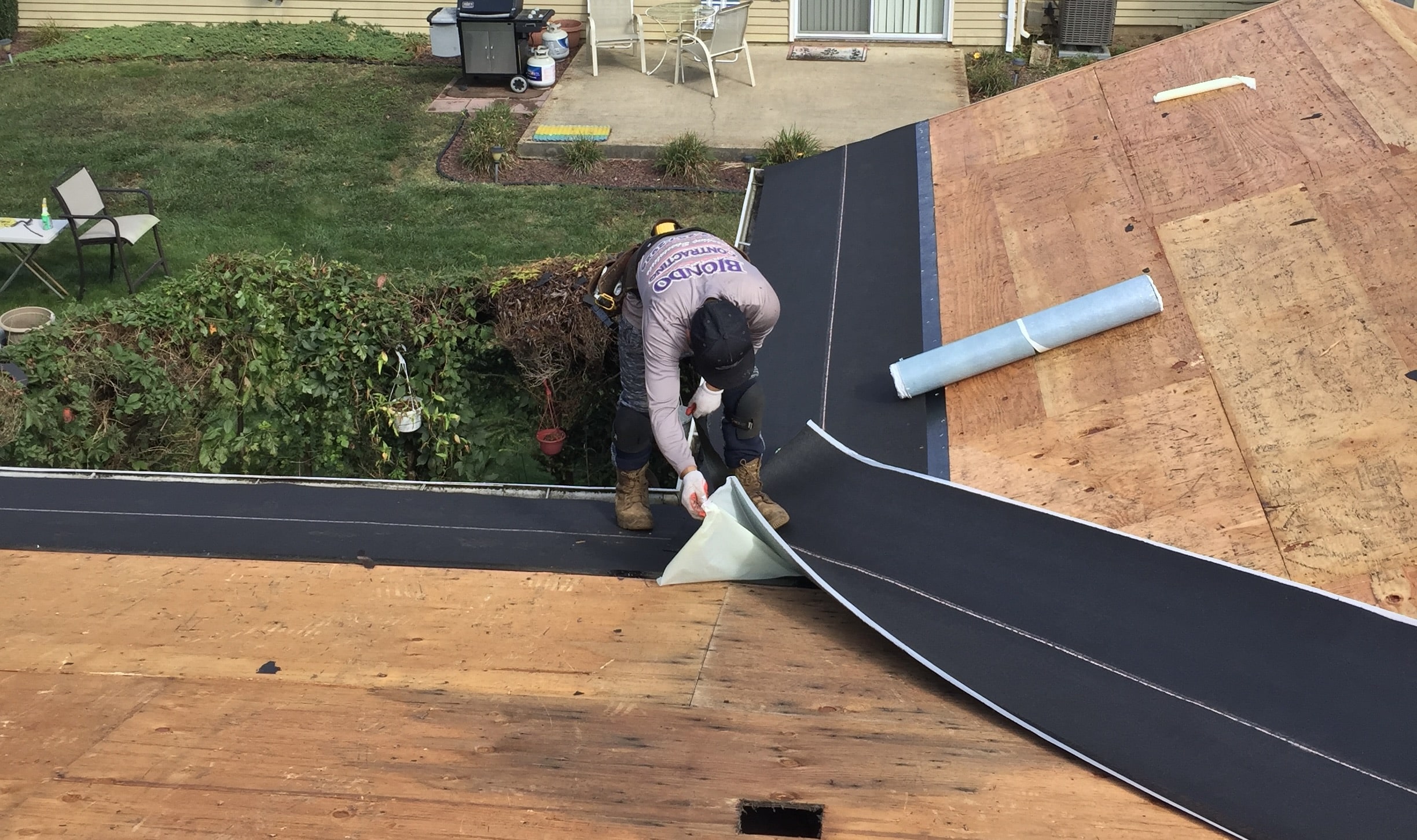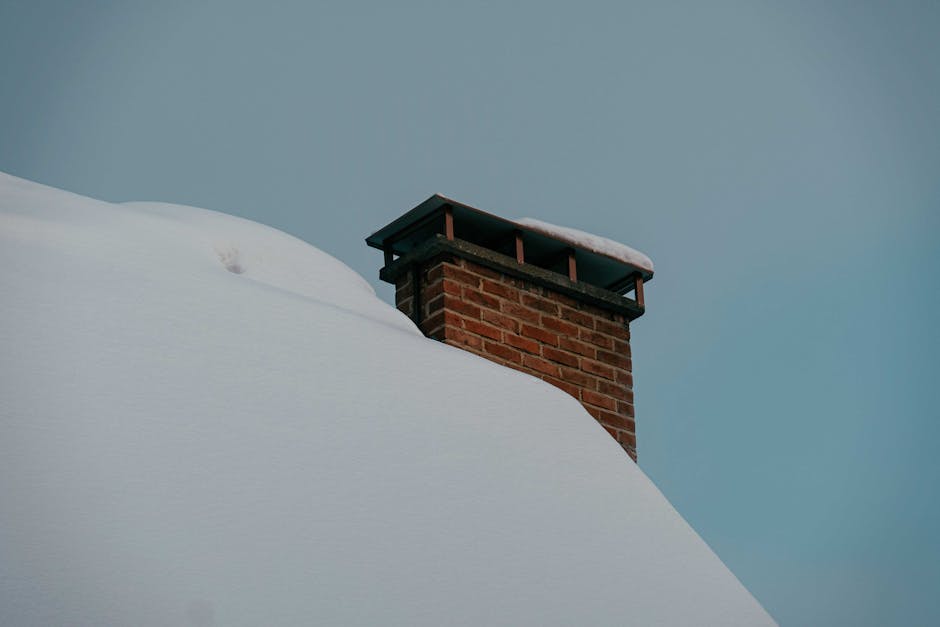The Hidden Secrets In Preventing Ice Dams On Your Roof
The hidden secrets preventing ice dams on your roof. Winter’s picturesque snowfall can quickly turn into a homeowner’s nightmare. These icy blockades can cause significant damage, necessitating costly repairs. Discovering how to prevent ice dams is crucial for protecting your home during the chilly months.
Understanding Ice Dams and Their Causes
Ice dams form when heat from inside your home escapes into the attic and warms the roof, except at the eaves. This causes snow on the roof to melt and trickle down towards the colder edge, where it refreezes, forming a dam. Properly understanding this process is crucial; it helps us pinpoint that insulation, ventilation, and snow accumulation are critical factors in ice dam formation. Addressing these areas is key to preventing the build-up of ice dams and safeguarding your home against potential damage.

Moreover, ice dams can result from a combination of inadequate attic insulation, poor ventilation, and varied roof temperatures. When the attic isn’t properly insulated, the heat doesn’t stay contained within your living spaces, causing uneven melting on your roof. This intricate interplay between home insulation and external temperatures necessitates a multi-faceted approach to prevention, emphasizing the importance of a well-maintained roofing system alongside appropriate attic care.
The Importance of Proper Attic Insulation
One of the most effective ways to prevent ice dams is by improving your attic’s insulation. Proper insulation minimizes the amount of heat escaping to the attic, thereby reducing the melting of snow on your roof. Adding insulation to your attic floor will help keep the heat where it belongs—in your living spaces and out of your attic. It’s not just about adding more insulation; it’s about ensuring it’s the right type and properly installed for maximum effectiveness.

Expert advice varies, but a general recommendation is to achieve an R-value consistent with your region’s climate needs. Additionally, sealing air leaks around light fixtures, chimneys, and attic stairs can prevent warm air from sneaking into the attic. It’s these seemingly little things that, when addressed, can make a big difference in the fight against ice dam formation.
Indeed, upgrading attic insulation can seem daunting, but the benefits far outweigh the initial cost and effort. Not only does it help prevent ice dams, but it also improves the overall energy efficiency of your home, leading to reduced heating costs during the winter months. It’s a win-win scenario that every homeowner should consider.
Ventilation: Your Secret Weapon Against Ice Dams
Proper attic ventilation plays a pivotal role in preventing ice dams. Ventilation helps maintain a cold roof temperature by ensuring a consistent flow of cold air under the roof and inside the attic. This is crucial in preventing snow from melting and refreezing at the eaves. Ridge vents paired with soffit vents create an efficient airflow system, drawing cold air through the soffits and exhausting warm air at the top.
Sealing Gaps to Prevent Warm Air Leakage
An often-overlooked strategy in preventing ice dams is sealing gaps that allow warm air to leak into the attic. This includes bypasses around chimney flashings, light fixtures, and even bathroom fans. Sealing these leaks can substantially reduce the risk of ice dam formation, as it keeps the temperature differential across your roof consistent, minimizing the conditions that lead to ice dam creation.

Utilizing caulk or expandable foam for filling these gaps offers a relatively easy and cost-effective method to significantly bolster your home’s defenses against ice dams. Additionally, consider an energy audit to identify and rectify any hidden air leaks, ensuring a comprehensive approach to preventing warm air leakage into your attic.
Snow Removal Techniques to Avoid Ice Dams Formation
Regularly removing snow from your roof can be a highly effective way to prevent ice dams. Using a roof rake with a long handle enables you to safely remove snow without damaging your shingles. It’s a straightforward yet effective method, particularly after heavy snowfall. The importance of this step can’t be overstated; it’s about removing the very source of the problem—excessive snow that can melt and reform as ice at the edges of your roof.
Professional Solutions for Persistent Problem Areas
Sometimes, despite your best efforts, certain areas of your roof may still be prone to ice dams. In these cases, consulting with a professional can be invaluable. Rooftop heating cables, installed in zigzag patterns along the roof edge, can help prevent ice buildup by providing just enough warmth to stop ice from forming. While not a solution for every home, they can be effective in persistently troublesome areas.

Professional roof evaluations can also identify structural issues contributing to ice dam formation, such as inadequate roof ventilation or insulation. Addressing these issues may require professional intervention but can lead to a long-term solution to ice dam problems. Remember, the goal is not just to treat the symptoms but to solve the underlying issues causing ice dams.
Securing Your Home Against Winter’s Challenges
Preventing ice dams is not just about avoiding the immediate inconvenience and potential damage they can cause. It’s about protecting the structural integrity of your home and ensuring that it remains a warm, cozy haven throughout the winter months. With the strategies outlined—from improving attic insulation and ventilation to timely snow removal and professional assessments—you can significantly reduce the risk of ice dam formation. Remember, the key is to keep your attic cool and the snow off your roof. By proactively addressing these areas, you can enjoy a worry-free winter, knowing your roof is safeguarded against ice dams.

